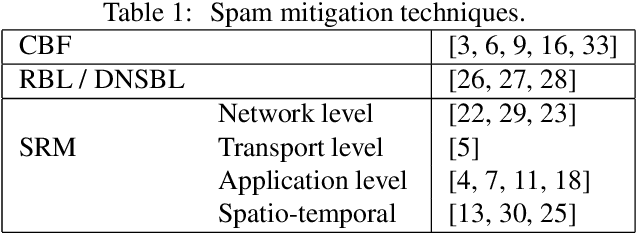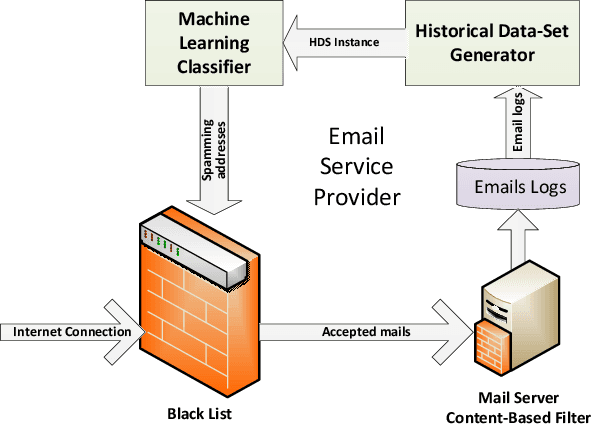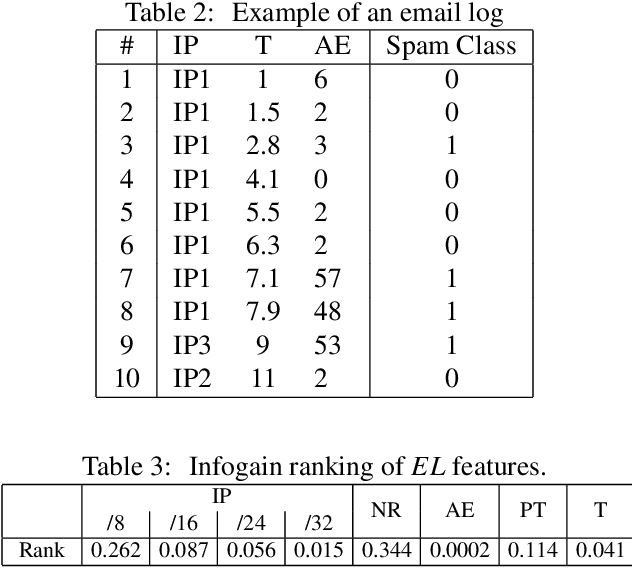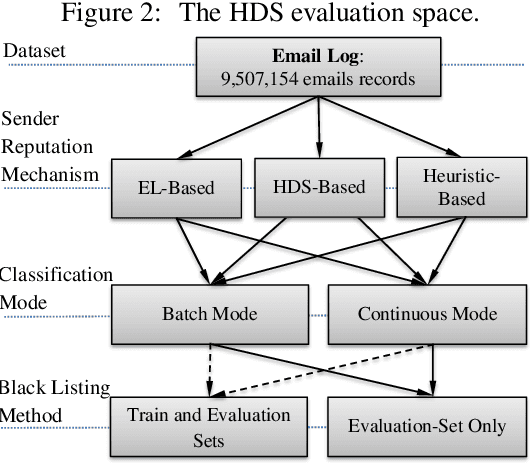Detecting Spammers via Aggregated Historical Data Set
Paper and Code
May 07, 2012



The battle between email service providers and senders of mass unsolicited emails (Spam) continues to gain traction. Vast numbers of Spam emails are sent mainly from automatic botnets distributed over the world. One method for mitigating Spam in a computationally efficient manner is fast and accurate blacklisting of the senders. In this work we propose a new sender reputation mechanism that is based on an aggregated historical data-set which encodes the behavior of mail transfer agents over time. A historical data-set is created from labeled logs of received emails. We use machine learning algorithms to build a model that predicts the \emph{spammingness} of mail transfer agents in the near future. The proposed mechanism is targeted mainly at large enterprises and email service providers and can be used for updating both the black and the white lists. We evaluate the proposed mechanism using 9.5M anonymized log entries obtained from the biggest Internet service provider in Europe. Experiments show that proposed method detects more than 94% of the Spam emails that escaped the blacklist (i.e., TPR), while having less than 0.5% false-alarms. Therefore, the effectiveness of the proposed method is much higher than of previously reported reputation mechanisms, which rely on emails logs. In addition, the proposed method, when used for updating both the black and white lists, eliminated the need in automatic content inspection of 4 out of 5 incoming emails, which resulted in dramatic reduction in the filtering computational load.
 Add to Chrome
Add to Chrome Add to Firefox
Add to Firefox Add to Edge
Add to Edge